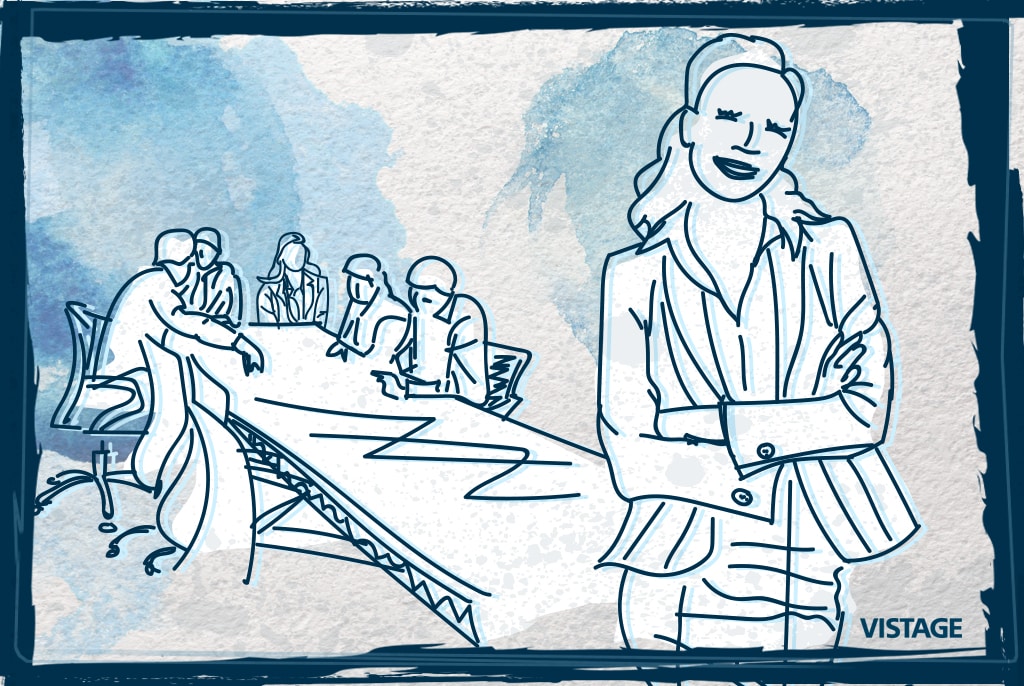Organizational Culture & Values
The business end of motherhood

 Motherhood and business occupy common ground: Both can be rewarding. Both can be difficult. Both demand an investment and promise to repay dividends. Both motherhood and business ask you to bring every bit of your best self to the table. And that’s where the two pursuits may compete. But it doesn’t have to be that way.
Motherhood and business occupy common ground: Both can be rewarding. Both can be difficult. Both demand an investment and promise to repay dividends. Both motherhood and business ask you to bring every bit of your best self to the table. And that’s where the two pursuits may compete. But it doesn’t have to be that way.
For decades, women have approached the business/motherhood combination as a daunting proposition that, if handled haphazardly, could lead to dire consequences on the home front and in the workplace. Tapping into the power of peers, Vistage Worldwide Women in Leadership network contributors (who also happen to be mothers) offer their insights on combining parenthood and business. From choosing your business path based on your motherhood goals to successfully balancing the mother load and the workload, a little peer advice goes a long way.
From Vistage Chair Jan Salisbury (President of Salisbury Consulting):
- Learn how to fail and make mistakes without beating yourself up.
- Invite your kids to be part of your work. What do they want to learn and know?
- Instead of work/life balance, think of work/life integration.
- What your vision of your life and work together?
- Confidence isn’t being sure of everything, it’s being willing to trust yourself and act on your decision.
From Vistage member Sandy Marsico (CEO of Sandstorm Design):
As a mom of two [in deciding what business you want to pursue] I would recommend starting with the end in mind and then build a company that works for you. Some starter questions to consider include:
- What kind of work schedule would be ideal for you? (Full time? Complete flexibility? Nights and weekends? Only during the school day? 3 days/week? Full time during the school year/part time in the summer?) Dream big and identify your ideal scenario first. Have a goal in mind to work towards, and be clear about what you want.
- What is most important to you? If you prioritize the kind of mom you want to be, it’s easier to make decisions as these types of events come up so you don’t feel like it’s impossible to keep up or that you have to do everything. For example, I go on one field trip per year per child, and I assist with 1 classroom party per year per child. But I go to every sporting event (but not practice). So I stopped feeling guilty when there was yet another field trip, and I don’t think twice about it when I miss soccer practice.
From Vistage member Julie Crone (VP Operations, Bobe Water & Fire, LLC):
Some days I feel like a superhero and other days I’m concentrating on putting one foot in front of the other. One isn’t better than the other and you can’t do either forever. Know there is an ebb and flow and try to go with it. I have surrounded myself with friends who are hard-working moms and we all share in the highs and lows. They remind me that I’m not alone.
I was raised by a mompreneur and I wouldn’t change it for the world! Watching her shine in business and go on to start her own company while planning birthday parties, driving me to dance class and making school lunches reminds me that success in both career and motherhood is not only possible, but can be fun, too.
Happy Mothers Day from Vistage Worldwide

